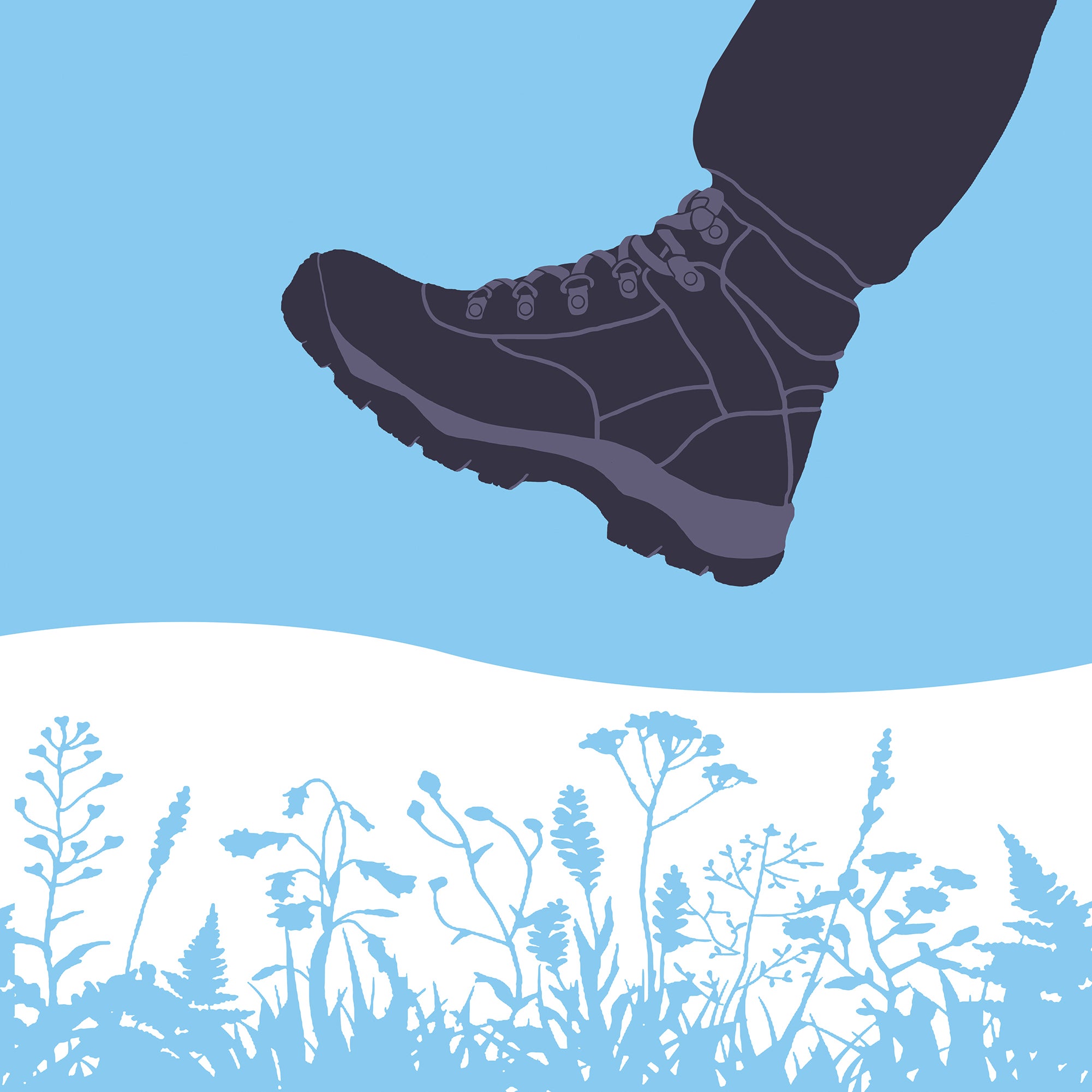Leave No Trace Confessional: I Trampled an Alpine Meadow

'James Decker'
“On my last backpacking trip on the Wonderland Trail in Mt. Rainier National Park, fresh autumn snow covered most of the trail, making it difficult to follow the well-traveled path. I got off trail and ended up hiking through fragile alpine meadows that were only covered by 4 to 6 inches of snow. I know it takes years for meadows to recover and I feel terrible that I might have done damage to them.” –Meadow Stomper
Dear Stomper,
As far as LNT offenses go, we’ve seen way worse. But you’re right: Plants that grow at high elevations are fragile and often rare. A harsh environment and short growing season mean alpine vegetation struggles to recover if damaged—restoration of impacted trails to natural conditions can take decades. A 1992 study on off-trail hiking in Rainier shows that the meadows there are quite sensitive, and high traffic in the area doesn’t help. If the next hikers who came along followed your detour, the cumulative effect could cause erosion and a long-term loss of vegetation. It’s ideal to limit mountain travel to the dry season or before snowmelt begins to minimize impact. Only travel on snow at least 8 inches deep to provide a buffer for sensitive terrain.
Do the right thing
Brush up on your winter navigation skills to avoid a similar situation in the future. Search for blazes, cairns, or a trench in the snow that indicate the trail.
Got an LNT confession? Email confessions@backpacker.com.